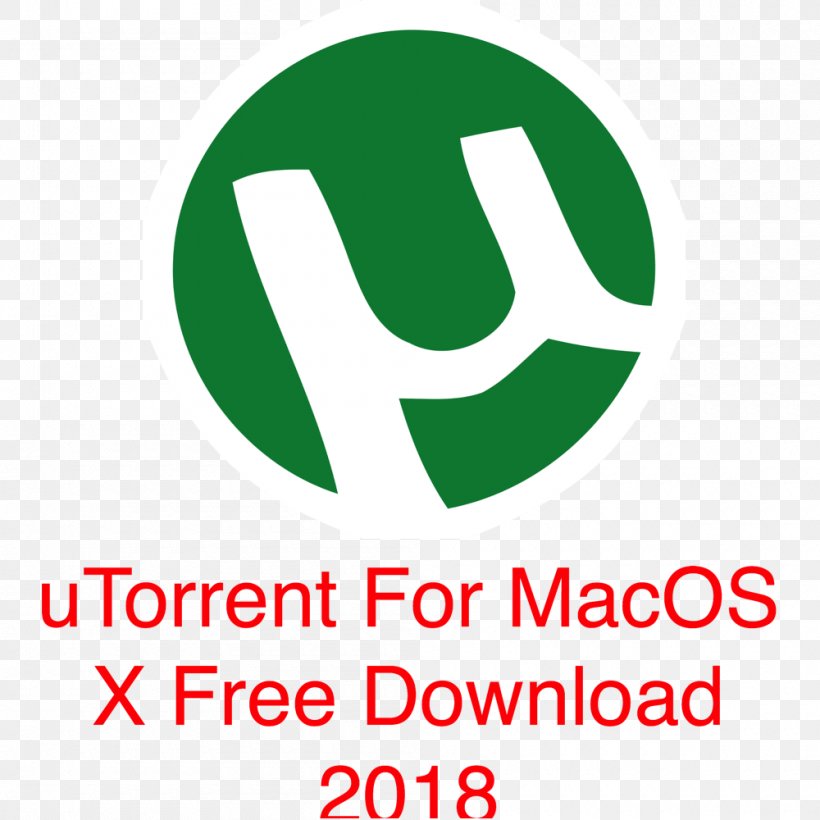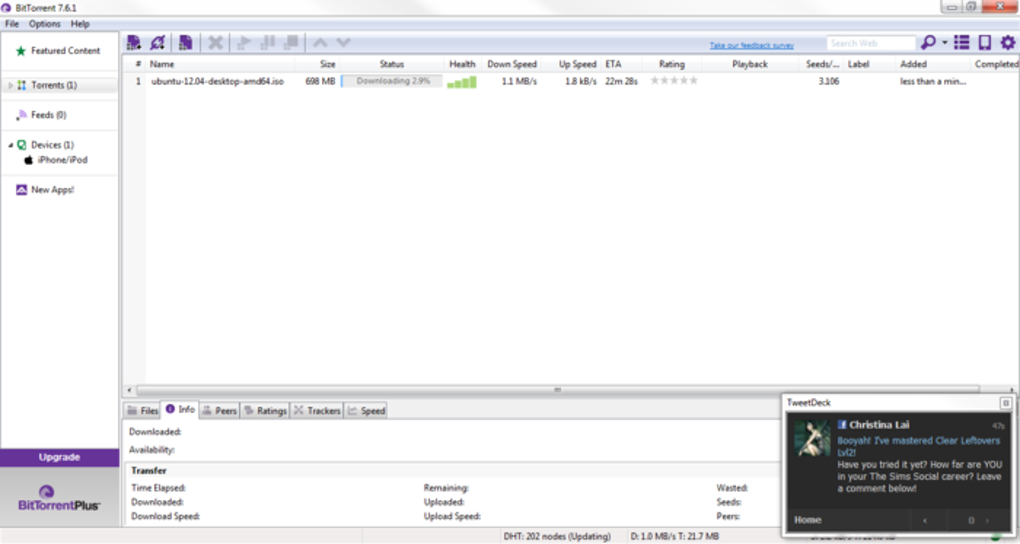TORRENT File as per Bit Torrent file distribution system is a computer file containing useful metadata about the files and important folders to need to be distributed, and usually, this file contains a list of the trackers network locations, which are nothing but computers itself that help the participants to find each other in a system and make a highly-efficient distribution system called swarms.
- Torrent File Downloads
- Bittorrent File Download Sites
- How To Open Torrent Files
- Torrent Files Download Sites
Torrent File Downloads
A torrent file is distributed without the content, perhaps it contains only the valuable information about the file that contains your data like name of the files, size of the file, type of folder your file is stored in, and cryptographic hash values in order to verify the integrity of the file. Whether you want a torrent file or a referenced file depends on your interest in storing that data r the file.
Download the official µTorrent® (uTorrent) torrent client for Windows, Mac, Android or Linux- uTorrent is the #1 bittorrent download client on desktops worldwide. May 01, 2016.
Torrent files are saved with the extension name .torrent.
File structure of a Torrent File

A torrent file is a binary file formatted for specific reasons. This file always contains Meta data and a list of files containing information about all the pieces. This type of files sometimes contains the data of trackers list.
A Torrent file is created when any user wants to share a file or a folder.
After you set up your computer, you're ready to download .torrent files. You can search for the term '.torrent' using an Internet search engine to find sites that offer BitTorrent files. There are also a number of sites dedicated to BitTorrent file searching. These include isoHunt and TorrentSpy. Other sites that offer BitTorrent files directly include bt.etree.org for shareable music, Legal Torrents for music, videos and books, and BT on EFnet for recent television shows.
When you find the file you want, right-click the .torrent link, choose 'save target as' and save the file in a convenient place on your computer, such as the Windows desktop. The .torrent file, which is a pointer to the actual file you want, will download quickly. Next, double-click the .torrent file you saved to your computer. The BitTorrent client software displays and starts the download process:
Advertisement
Advertisement
As we mentioned before, the more computers in the sending/receiving swarm, the quicker the download process. If you are downloading a file with only a few other computers in the swarm, the transfer speed will be relatively slow.

After the download is complete, leave the BitTorrent client software open so that other peers can download .torrent files from your computer.*
Peers using BitTorrent can download only .torrent files from your computer. Once you have a complete copy of a file, your computer becomes a potential seed for that file -- as long as you're still running the software. Sharing what you have causes speedier BitTorrent downloads for you in the future. You can leave the client software running for a few hours or overnight.* Simply close the software when you're done.
Bittorrent File Download Sites

Legal Ramifications Similar to other peer-to-peer software, BitTorrent can be used to download copyrighted material. Because BitTorrent handles large files remarkably well, it is especially popular for downloading video files. The Motion Picture Association of America has filed countless lawsuits, causing at least many high-traffic .torrent download sites to shut down.
How To Open Torrent Files
BitTorrent itself is perfectly legal to use. When you select a file to download, however, it is your responsibility to make sure the file not copyrighted. BitTorrent downloads are not anonymous information about your computer's IP address and the files you download can be traced back to you.
Despite its improper use by distributors of copyrighted material, the BitTorrent program itself both legal and innovative. With additions such as tit-for-tat and an open-source philosophy, BitTorrent will likely build a legacy of its own while serving as a bridge to the next generation of file-serving software.
For more information on BitTorrent and related topics, check out the links below.
Related HowStuffWorks Articles
More Great Links
Sources

Torrent Files Download Sites
- Bram Cohen's BitTorrent Site http://www.bittorrent.com
- Brian's BitTorrent FAQ and Guide http://dessent.net/btfaq/
- BitTorrent Tweaks http://userpages.umbc.edu/~hamilton/btclientconfig.html
- etree http://bt.etree.org
- BitTorrent 101, About.com. http://netforbeginners.about.com/od/peersharing/a/torrenthandbook.htm
- 'File Sharing's New Face.' The New York Times, February 12, 2004.
- 'The BitTorrent Effect.' Wired Magazine, January 2005.
